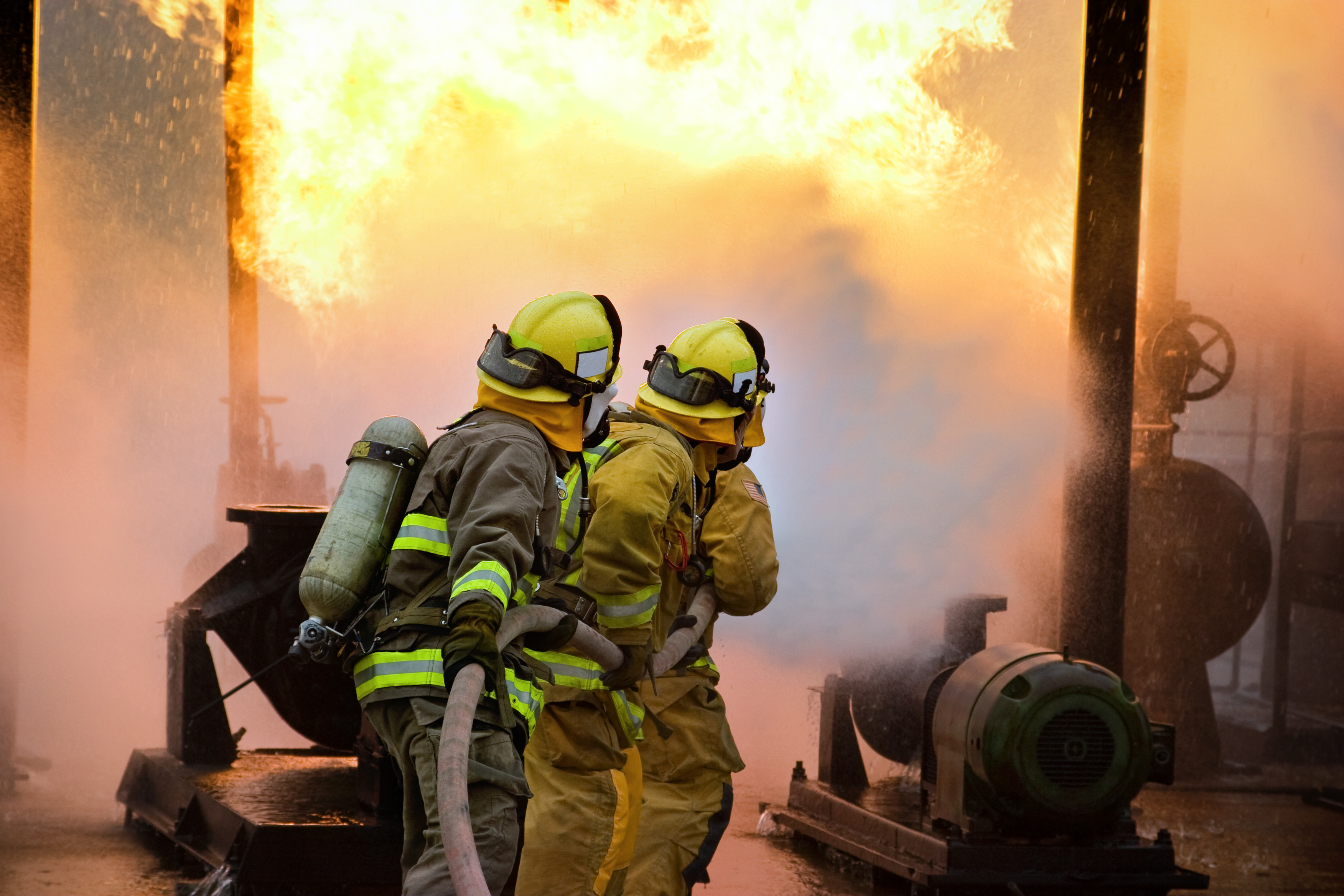Natural Gas Industry Under Attack
We are lucky in this country, much of the world has to struggle to heat their homes. In some countries, the heat only works when the government allows it. Here, we pay the utility and someone else provides all the energy we want directly to our homes.
Additionally, much of our country has access to natural gas piped directly into their homes. Natural gas cost far less than electricity to heat our homes and it is very clean burning. Electricity on the other hand burns coal, natural gas, or nuclear power (some hydro, solar, and wind) to generate the power. They just do it somewhere else and send it into our homes and businesses over the wires.
In the news, we hear about efforts to stop pipelines. I understand the environmental and safety risks very well, but I am not sure the community as a whole understands that the utility is only trying to get the energy to where we want to consume it. The utility is also interested in controlling cost and risk by using a pipeline to replace thousands of trucks and train traffic through our communities.
by using a pipeline to replace thousands of trucks and train traffic through our communities.
The Keystone XL Pipeline is designed to move about 800,000 barrels a day. That would take over 4,000 trucks every day to move the same amount. Trains are slightly better, but it would still require over 1,000 rail cars per day. The risk is not eliminated by blocking the pipelines, in fact it is much greater and distributed over our roads and through our communities on railways.
In addition to getting energy to the consumer at the least expensive way possible and reducing risk by removing the trucks and train cars rolling through our communities, there is another reason for the investment. The utility can also see demand increasing because of community growth projections and is planning for the future so there will be enough electricity or natural gas for peak load days like the coldest and hottest days of the year.
The community benefits from less expensive fuel, reduced congestion and risk on the roads and railways, and a cleaner burning fuel to create the electricity for instance.
While community outrage is a problem, the outrage when the power turns off will be much greater and could also be deadly. So, the utilities persist again and again to get approval to spend money to provide the power you need to charge your car or control the climate in your home. However, the utilities are not handling these situations correctly. They provide inadequate information to the community and have not satisfied the community regarding assurances about safety that the community demands.
Studying the regulations and standards for pipelines, compressor stations, and storage facilities, there is concern that the industry is not always policing itself well enough and that the government lacks an understanding of the problem in many cases. Often, we see homes and businesses located too near facilities that have a very real risk of leaks and potential ignition sources. Unfortunately, the people that live, work, and play near these facilities do not understand the risk and the utilities are not doing enough to alleviate the community’s fear and uncertainty.
It may be time for business to agree that an independent qualified evaluation of the risks be completed for these sites so the people who live, work, and play nearby can be assured that proper efforts are being taken to protect them.

